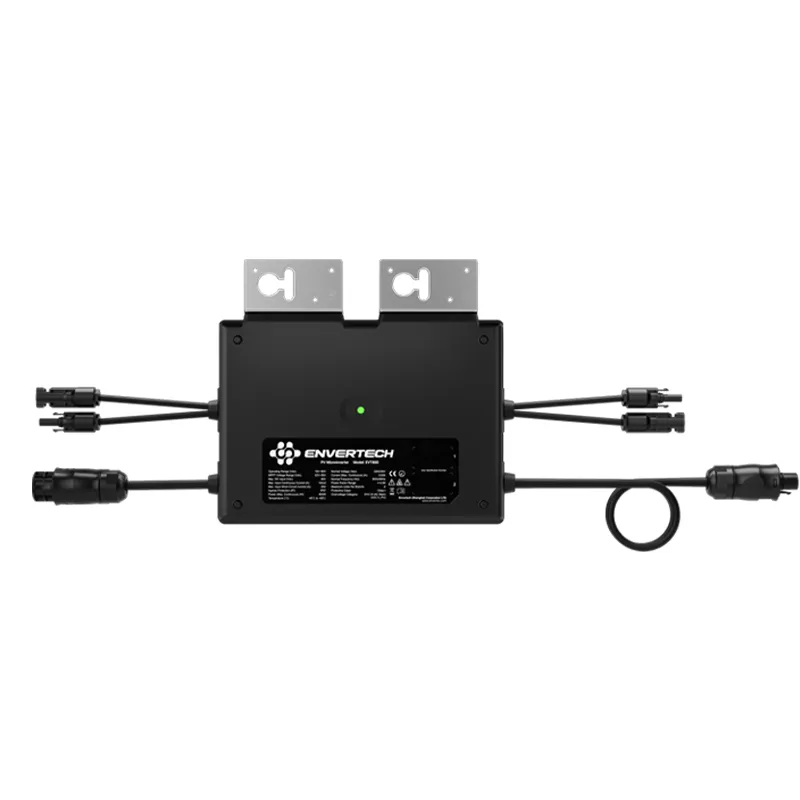solar panel power output
Understanding Solar Panel Power Output Key Factors and Implications
Solar energy has emerged as one of the most promising renewable energy sources, thanks to its sustainability and vast availability. With the increasing demand for clean energy alternatives, the efficiency and power output of solar panels have become focal points of research and development. Understanding the factors that affect solar panel power output is crucial for optimizing their performance and ensuring a sustainable energy future.
One of the primary determinants of solar panel power output is the type of solar technology used. There are three main types of solar panels monocrystalline, polycrystalline, and thin-film. Monocrystalline panels are made from single-crystal silicon and are known for their high efficiency, typically ranging from 15% to 22%. These panels perform better in low-light conditions compared to their polycrystalline counterparts, which are made from multiple silicon crystals and tend to have lower efficiency rates, around 13% to 16%. Thin-film solar panels, while generally less efficient (about 10% to 12%), are lightweight and flexible, making them suitable for various applications where traditional panels may not fit.
Another essential factor influencing solar panel power output is the geographic location and orientation of the installation. Solar panels perform best when they are positioned to receive the maximum amount of sunlight throughout the day. This means that panels should ideally be installed facing south in the Northern Hemisphere and north in the Southern Hemisphere. The tilt angle of the panels also plays a crucial role; an optimal tilt can significantly enhance energy capture. Additionally, solar panels located in regions with high solar insolation, such as deserts or areas closer to the equator, will produce more electricity compared to those in shaded or cloudy regions.
Weather conditions can further impact solar panel performance. Direct sunlight is ideal for maximizing energy output, but factors such as cloud cover, rain, or snow can obstruct the sun's rays. However, it’s worth noting that even on cloudy days, solar panels can still generate some electricity. Advances in technology have made panels more efficient in varying weather conditions. Moreover, regular maintenance, such as cleaning the panels, can help prevent dirt or debris from blocking sunlight, thus maintaining optimal power output.
solar panel power output

The size and capacity of the solar panel system also play a significant role in determining overall power output. Larger systems with more panels can generate more electricity, provided they are effectively installed and maintained. The inverter, a crucial component of solar photovoltaic systems, also affects efficiency. The inverter converts the direct current (DC) produced by the panels into alternating current (AC), which is used in most electrical grids. Efficiency ratings of inverters can impact the overall performance of the solar system, with high-efficiency inverters maximizing the energy harvested from the solar panels.
Furthermore, the degradation rate of solar panels is an important consideration for long-term energy output. Solar panels typically have a lifespan of 25 to 30 years, but their efficiency decreases over time. Most manufacturers offer warranties guaranteeing a certain level of performance (e.g., 80% efficiency after 25 years). Regular assessments and monitoring can help in understanding performance degradation and necessary interventions to sustain energy production.
In terms of practical implications, understanding solar panel power output can lead to better decision-making for consumers and businesses looking to invest in solar energy. By comprehensively analyzing the aforementioned factors, stakeholders can make informed choices about the type of panels to install, the optimal locations for installation, and the scale of investment needed. Additionally, predicting energy output can help in managing energy demands and ensuring a reliable power supply from renewable sources.
In conclusion, solar panel power output is influenced by a myriad of factors including technology type, geographic location, weather conditions, system size, inverter efficiency, and panel degradation. By leveraging this knowledge, individuals and organizations can enhance the viability of solar energy as a key player in the global energy transition, aiming for a cleaner, sustainable future. As technology evolves, it is expected that innovations will continue to improve the efficiency and output of solar panels, making them an increasingly attractive energy solution for years to come.
-
Understanding the Advantages of Solar String Inverters for Your Energy SystemNewsApr.29,2025
-
Choosing the Right PV Inverter: A Comprehensive GuideNewsApr.29,2025
-
The Future of Solar Power: Exploring Bifacial Solar PanelsNewsApr.29,2025
-
The Complete Guide to Solar Panels: Efficiency, Cost, And InstallationNewsApr.29,2025
-
The Best Options for Efficiency and Cost-EffectivenessNewsApr.29,2025
-
Harnessing the Power of Off-Grid Solar Inverters for Energy IndependenceNewsApr.29,2025







